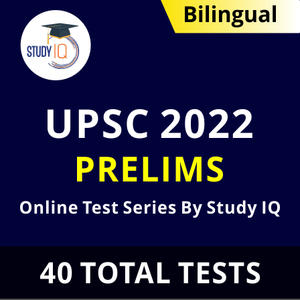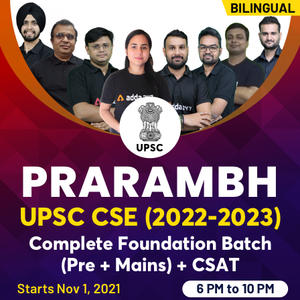Table of Contents
Hyderabad Declaration: Relevance
- GS 2: e-governance- applications, models, successes, limitations, and potential
Hyderabad Declaration on e-governance: Context
- 24th National Conference on e-Governance 2021 (NCeG) was successfully concluded, and Hyderabad Declaration on e-governance was adopted.
Hyderabad Declaration: Key points
- The conference was jointly organised by Ministry of Personnel, Public Grievances & Pensions and Ministry of Electronics & Information Technology (MeitY), Government of India, in association with the State Government of Telangana.
- The 24th NCeG represented a platform for constructive exchange of ideas on some of the latest technologies for promoting e-Governance.
24th National Conference on e-Governance 2021: Sub themes
- AatmaNirbhar Bharat: Universalization of Public Services
- Innovation– Platformization, Emerging Technologies
- Ease of living through Technology Interventions for Good Governance
- Government Process Re-engineering and Citizen’s participation in Government Processes
- India’s Techade – Digital Economy (Digital Payments – Building Citizen’s Confidence).
Hyderabad Declaration on e-governance
The Conference has unanimously adopted the Hyderabad declaration, which are outlined below:
- To bring citizens and government closer through digital platforms.
- Transform citizen services through use of technology by leveraging the artifacts of India Stack that include Aadhaar, UPI, DigiLocker, UMANG, e Sign and consent framework.
- Fast track the implementation of the national level public digital platforms in key social sectors viz. Health, Education, Agriculture, etc by adopting open interoperable architecture for joined up connected services.
- Operationalize the data governance framework to facilitate data sharing within Government entities as also make available all data on data.gov.in except for a negative list. Enable protocols for data collection, data harvesting, data privacy, data anonymization, data security, and data preservation that can help build a data economy.
- Foster responsible use of emerging technology such as Artificial Intelligence, Machine Learning, Blockchain, 5G, Augmented Reality, Virtual Reality, etc for Social Empowerment.
- Make India the global hub for emerging technology through creation of large pool of skilled resources on futuristic technologies
- Ensure resilient Government Infrastructure with robust technological solutions to withstand pandemic like disruptions.
- Foster a spirit of research and development and process reengineering in ongoing government services
- Uplift good governance to higher level through healthy competition among States and UTs and among Central Ministries by benchmarking services.
- NeSDA 2021 to be adopted in collaboration with MeITY for improving e-Governance landscape.
- Integration of all State/District portals with CPGRAMS for seamless Redressal of Public Grievances
- Replication of awarded projects under National Awards for e-Governance 2020 – 21 and their nomination for dissemination of best practices through Regional conferences
- Adoption of e-office version 7.0 in all ministries and departments
- Use technology for propagating end to end service delivery without human interference to the citizen at the grass root level
- Make “digital” the primary aspect of government service design and delivery and provide requisite infrastructure to achieve that.
What is e-governance?
- Electronic Governance or e-governance is the use of Information and Communication Technologies (ICTs) for delivering government services through integration of various systems between Government-to-Citizens (G2C), Government-to-Business (G2B), and Government-to-Government(G2G) services.
Also Read:




 UPSC Prelims Exam Date 2024, Check New E...
UPSC Prelims Exam Date 2024, Check New E...
 UPSC Eligibility Criteria 2024- Age Limi...
UPSC Eligibility Criteria 2024- Age Limi...
 UKPSC RO ARO Result 2024 Out, Download M...
UKPSC RO ARO Result 2024 Out, Download M...







